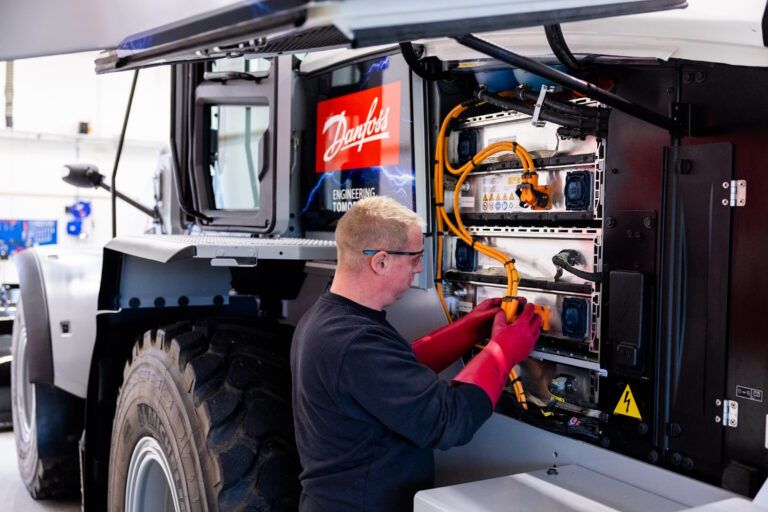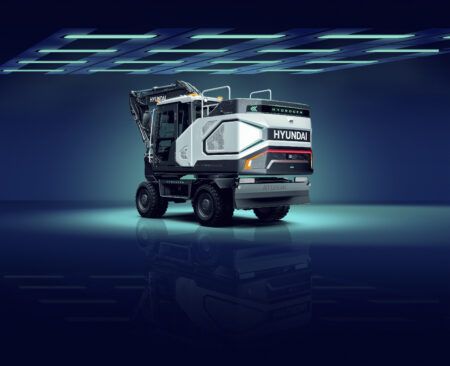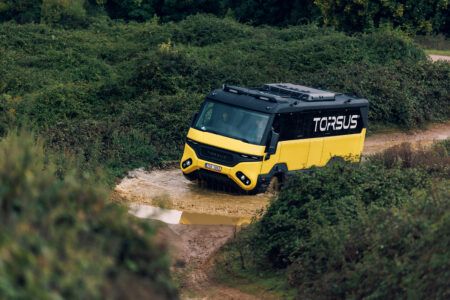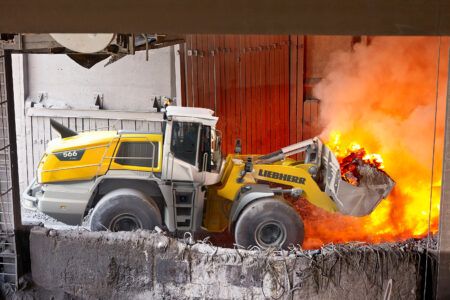What are the challenges of the electrification of off-highway machinery today and what does the future hold? Stefan Eichler from Danfoss Power Solutions gives his expert insight

A key player in off-highway vehicle components, Danfoss Power Solutions is now, like much of the industry, focused on sustainability and reducing or eliminating emissions. With over 17 years experience at the company, senior manager Stefan Eicher is well placed to take the long-term view of the electrification mega trend.
How do you see electrification advancing in the next five or 10 years?
The drivers are changing, so electrification will advance faster than expected. In the beginning, it was about carbon footprint and sustainability. Now, it is more about total cost of ownership (TCO) and improving the machine performance with electrification. Until now, we have had electrified, formally diesel-driven machines, but OEMs are starting to design their machines for the purpose of being electric. Sales are increasing because of this, and OEMs are now increasing their production of electric machines.
Right now, there’s uncertainty in the market. Customers forecast high but order low because they are uncertain about funding. In terms of general trends, all the major companies are on board but there are different drivers by market. Agriculture, for example, is heavily electrifying, but tends to go hybrid. They want to keep the diesel but they also want to reduce the TCO and noise levels.
How will machine design change?
Conventional machines were built around the diesel engine, even in the mechanical structure, for example, with a crankshaft, the extension of the crankshaft and the pumps. The superstructure of the machine will look different if you design it for an electric drive. There’s no need for exhaust treatment, and today that’s as big as the diesel engine. So you have more space to work with and therefore more flexibility in designing the machine. You can also put the motor in vertically which is impossible with a diesel engine.
“Until now, we have had electrified, formally diesel-driven machines, but OEMs are starting to design machines for the purpose of being electric”
Are there any common misconceptions about electrification?
Electrification does not just mean a battery; it’s much more. Many people are concerned about the infrastructure bringing energy to the place it’s needed – such as the cable in the ground being too small. So you can either increase the battery capacity on a machine or you put a battery at the site and use it to charge more than one machine. We need to rethink where the energy is and how we provide the energy. In off-highway, there are solutions already proven in use.
What other technologies will emerge around electrification?
Electrification is the enabler for autonomous machines. Currently, everybody is lacking operators, warehouses and on-highway trucking. If we really start thinking from a TCO perspective and electrify, autonomous vehicles are the natural next step. We are already seeing it with a lot of large OEMs who have developed proof-of-concept driverless excavators and wheel loaders, for example.
This article was first published in the August issue of iVT International





